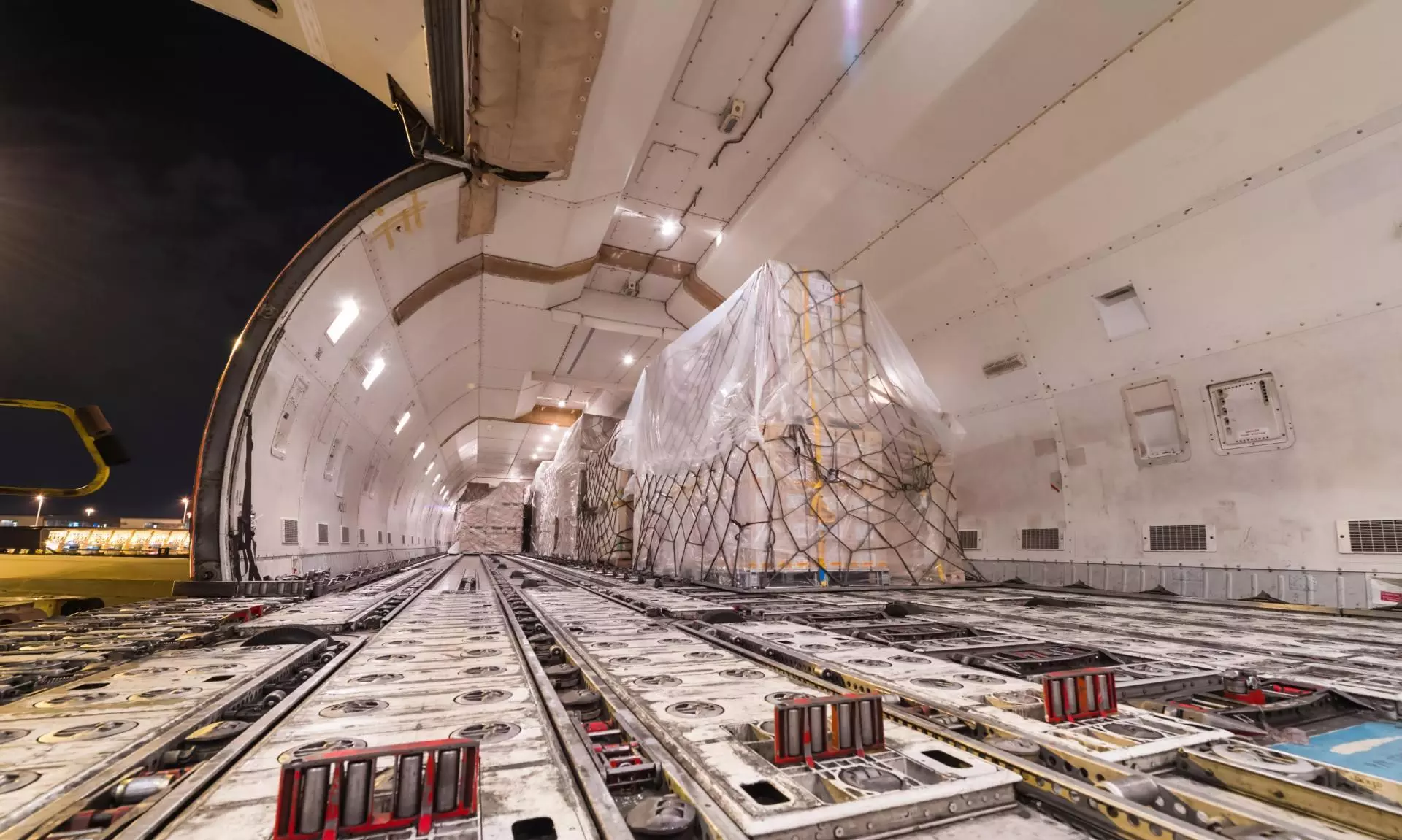Need for speed: Indian e-commerce takes the air route
Online retail shipments around the world are pouring volumes to air cargo due to the speed factor. The Indian air cargo is also witnessing an increased movement of e-commerce but not without challenges.

“During the peak of the Covid-19 pandemic, it was difficult to have a conversation on airfreight, and not talk about Personal Protective Equipment (PPE). Now, it's quite difficult to have a conversation on airfreight, particularly from Hong Kong and China, and not talk about Temu and Shein.”
These are the words of Xeneta’s chief airfreight officer Niall van de Wouw during the recent quarterly airfreight webinar held on January 31, 2024.
He was referring to the airfreight volumes produced by the two e-commerce and fast fashion behemoths from China and Hong Kong to the world.
The impact of e-commerce on airfreight can't be overstated as it becomes more and more visible on the global stage. And the case with the Indian market is no different.
For instance, Mumbai International Airport reported an 87 percent growth year-on-year growth of e-commerce shipments during the festive season of 2023.
With various policy interventions, the government of India has showcased its intention to encourage exports from the country and it sees e-commerce as a critical medium to support this project.
For example, the Directorate General of Foreign Trade (DGFT) organised a capacity-building programme in December 2023 on e-commerce exports, Foreign Trade Policy, packaging, payments and banking at Maharashtra's Thane, an industrial hub for apparel, industrial goods, pharmaceuticals and a variety of micro, small and medium enterprises (MSMEs).
In fact, DGFT has signed MoUs with e-commerce marketplace Amazon India and aggregator Shiprocket under the Districts as Export Hubs initiative to enable MSME exports through online platforms.
Cross-border e-commerce is also not without any challenges. In a recent article, he wrote for Indian Transport & Logistics News (ITLN), founder and CEO of B2B e-commerce and digital supply chain solutions provider Moglix Rahil Garg pointed out that the one constant in the e-commerce universe is change.
“Unforeseen events, shifting consumer preferences, and global disruptions can throw even the best-laid plans into disarray. The ability to adapt to unexpected challenges, whether they be natural disasters, geopolitical events, or global pandemics, will be crucial for maintaining uninterrupted operations,” he wrote.
He argues that companies must implement strategies such as dual-sourcing, multi-sourcing, and dynamic inventory management to create agile supply chains.
Jitendra Sharma, co-founder and CEO of the D2C and e-commerce brand HairOriginals pointed out that there are reliable logistics companies that enable smooth delivery to 30 plus countries, where it exports the hair extensions and wigs, however, there are also challenges in the supply chain which includes compliance issues, delivery delays, payment hurdles. On a positive note, he also mentioned that there are dedicated companies coming up to solve these issues.
While there are plenty of opportunities for India to explore cross-border e-commerce and air cargo, it also needs to address the structural challenges to tap them.



